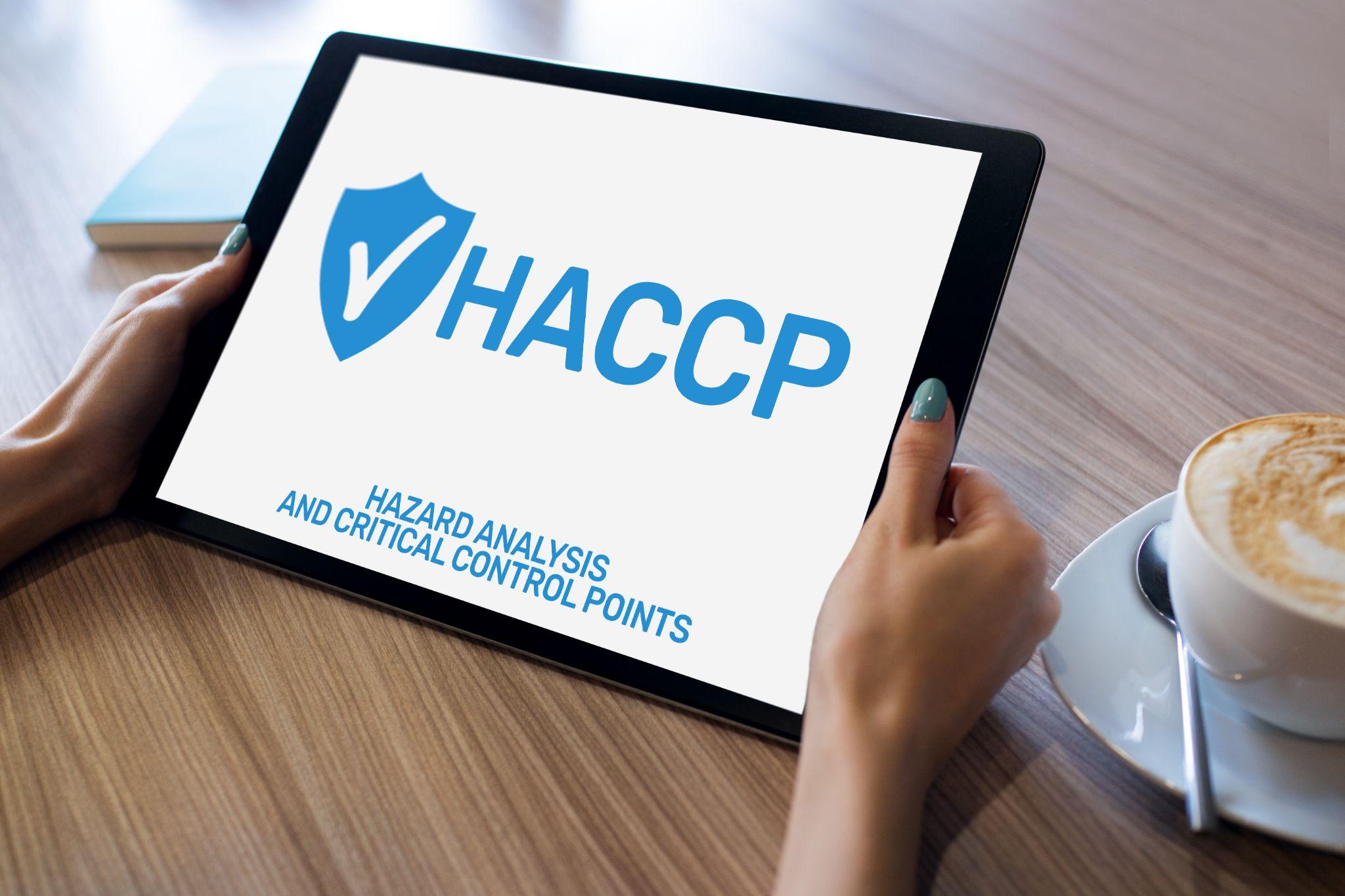
Managing HACCP, BRC, IFS, Global Food Safety Initiative (GFSI), and other food industry safety guidelines can present a range of challenges for global food businesses.
Not only must you maintain consistent reporting practices at each location, but food safety audits require you to prove that all locations adhere to guidelines. Having a digital solution can ensure you are prepared for the food safety audit process.
The Importance of Consistency in Food Safety Reporting
International food safety standards and audits exist for the protection of customer health, but food businesses operating on a global scale encounter challenges managing food safety across countries and each of their individual standards.
International HACCP guidelines help your company devise a detailed plan for ensuring food safety, but accurate data recording is critical for HACCP and audit success.
Time-consuming manual recording methods can be rife with errors, costing you money in spoiled food and a greatly increased risk of foodborne illness. A SaaS solution helps you take a unified approach to food safety management.
Exploring HACCP International Guidelines
HACCP (hazard analysis critical control point) guidelines are recognized globally as the main standard for food safety management. They help food businesses ensure food safety and quality by preventing and controlling a wide range of physical, chemical, and biological hazards that exist at all points from food manufacturing to consumption.
There are seven HACCP principles to which every food business must adhere:
Hazard analysis: List the food safety hazards that exist in your food business and focus on those which can be prevented or controlled if not eliminated completely.
Determination of critical control points (CCPs): A CCP refers to any procedure, step, or point where some kind of control can be implemented to prevent, reduce, or eliminate a food safety hazard.
Establishment of critical limits: Look at each CCP and establish upper and lower values according to temperature, time, and other measures so that hazards can be controlled and reduced to an acceptable level.
Establishment of monitoring procedures for each CCP: Each CCP must be monitored to ensure it remains within previously established critical limits. Monitoring procedures should include how, when, and how frequently measurements are taken and by whom.
Establishment of corrective actions: Develop a procedure to follow when CCPs exceed their critical limits. This ensures that no food enters the chain and that a problem will not occur a second time.
Establishment of verification procedures: These are activities beyond monitoring which determine the validity of a hazard analysis plan and verify that all is operating accordingly.
Establishment of record-keeping and documentation procedure: The final step is crucial, as it provides the information necessary to prove food safety. Temperature and completion of checklists, as well as detailed information about all steps in the HACCP plan should be included.
The Role of the ComplianceMate SaaS Solution in Aligning Food Safety Practices
ComplianceMate’s audit software is a complete food safety management system that helps global food businesses maintain food safety standards, food safety certifications, and food safety requirements. It accomplishes this with several powerful features that help automate time-consuming processes.
Automated Temperature Monitoring
Real-time monitoring of food temperatures can be completed around the clock and even during power outages with wireless temperature sensors, which transmit temperatures in real time. This eliminates the possibility of missed, incorrect, or fraudulent recordings.
Instant Alerts
The sensors generate and transmit alerts when temperatures deviate outside safe ranges. Alerts are sent to designated personnel via text, call, or email, allowing for corrective procedures to be implemented.
Digital Checklists
Digital checklists make daily checks by employees efficient, accurate, and fast. Completed checks are automatically time-stamped. Suggested corrective actions are updated once action has been taken – employees log these digitally.
Central Dashboard
All data from the checklists, alerts, and temperature monitoring are stored in the central dashboard. Personnel can then obtain specific sets of data requested by auditors and can easily prove accurate temperatures, checklist completion, and much more.
Case Study: Saas Solution in Action
A nationally recognized hot chicken franchise brand, encountered an incident that could very well have damaged the company’s brand reputation had it not previously installed ComplianceMate’s audit software.
A consumer who became ill after a visit to the restaurant contacted an inspector, who arrived with a food safety audit team to investigate. The temperature, checklist, and action data was collected and stored in the central dashboard, and corrective actions were taken whenever a problem was indicated by the system.
Because all automatically time-stamped data related to the brand’s HACCP plan was available in the system, the inspector was easily able to verify that all food safety protocols had been followed before and during the time the customer visited and after the customer had left. This resulted in the restaurant being eliminated as a suspect of the food safety investigation.
The case study illustrates the critical importance of food safety plans and being prepared for a food safety audit.
A Complete Solution for Global Food Businesses

The growth of any food business to the global scale means that owners are responsible for the health and safety of hundreds of thousands of customers.
Food safety must be maintained in all locations, regardless of distance or time zone. Having a comprehensive HACCP plan in place that includes all seven principles can most certainly help to maintain compliance. When problems and third-party audits occur, you must be able to unequivocally prove that compliance.
ComplianceMate’s audit software helped an international chain avoid a potentially devastating foodborne illness incident with automated and time-stamped temperature monitoring, instant alerts, digital checklists, and central dashboard. Together, these allowed external audit teams to verify that all proper measures had been taken.
The temperature sensors can monitor and record food temperatures in every restaurant, no matter where in the world they are located. Alerts sent to management can be quickly acted upon, and potential food safety problems avoided.
ComplianceMate‘s solution contains powerful features that save time and money, make it easy to see the big picture of any global food business, help ensure good manufacturing practices, and reveal opportunities for continual improvement.
ComplianceMate offers customized demonstrations at your location
Instead –
ComplianceMate offers customized demonstrations to highlight the power of the SaaS food safety solution for any location.
Visit the website for more information or call 678-346-0380 to speak with a team member.


